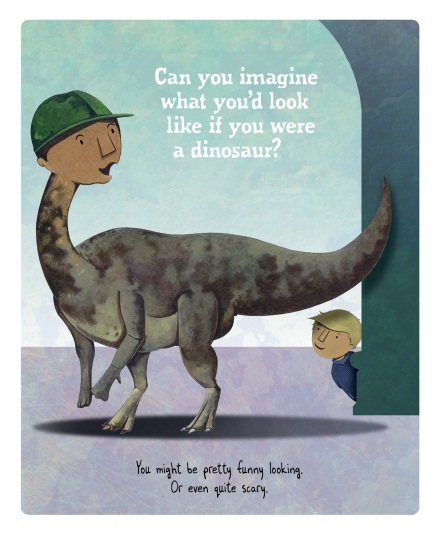 |
| Grade 2 Student’s Written Response to a Daily Instructional Task |
Teaching young children, in this case second graders, to define the key term they are writing about allows them to better select evidence to support an assertion. I have embedded this kind of structure into primary and intermediate grade curriculum. In the example below, I modeled composition instruction in response to a text from a Cinderella unit. Children, through the routine of text talk, learned the word, crafty the previous day with their teachers (this is an inclusion class). I followed by using the the Single Paragraph Outline (SPO) designed by the Writing Revolution, with one key change. After Topic Sentence, I added a space for the explanation of the key term. The remainder is as TWR designed with details and the closing sentence.
In the student writing example below, it is clear that the evidence selected (details) clearly supports the writer’s assertion that Yeh-Shen’s stepmother is crafty. She tricks her step daughter.
In contrast to writing process reminders like, RACE, this approach actually focuses and scaffolds children’s thinking, producing far better outcomes. What’s equally critical is the lesson the previous day built vocabulary knowledge. The next day’s lesson develops essayist writing. This happens because the curriculum is coherent.
In grade 2, children need to build stamina, reading and writing fluency, and learn how to write convincing compositions with accurate evidence and paragraph structure. This technique of defining the key term allows students to stay focused, recall the critical parts of the text rather than try to retell all of it, and conclude well.
The classroom teacher, principal, and I will be presenting on the the impact of teaching robust vocabulary and composition structure in primary grades at the 31st Annual Conference on Literacy, “Exploring Literacy and the Arts in Pursuit of a Socially Just World,” on April 5, 2025 at Mount Saint Mary College in Newburgh,NY.
Hope you can join us.







